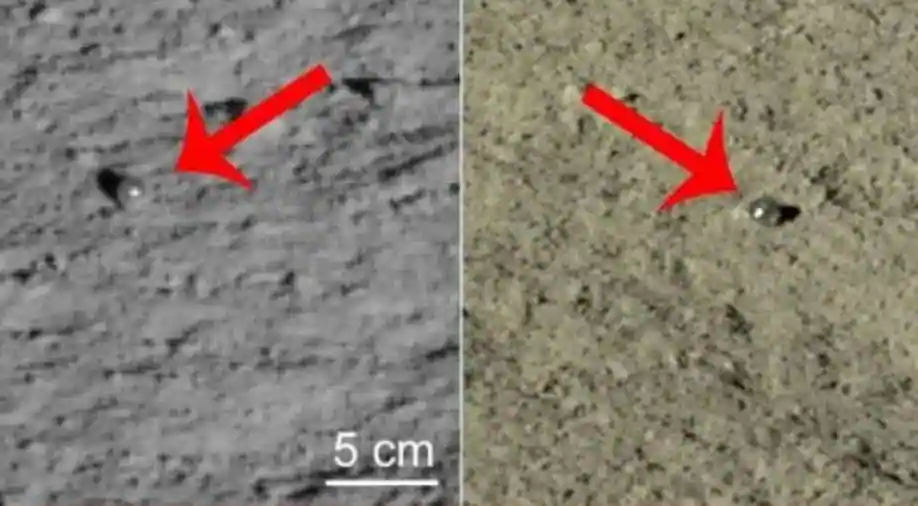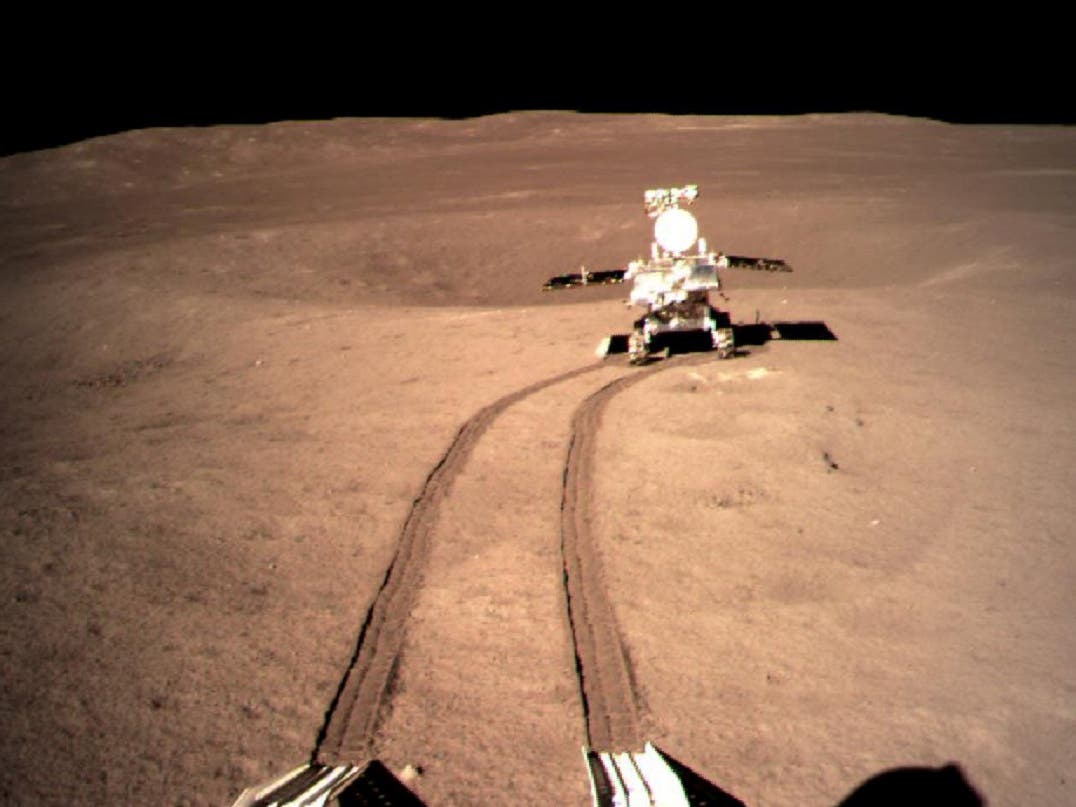Scientists claim the strange, transparent glass globules that China’s Yutu-2 rover discovered on the moon’s far side are unlike any mineral ever identified on the lunar surface.
Researchers reviewed photographs acquired by the rover’s panoramic camera and discovered several centimeter-sized spherical and dumbbell-shaped glassy globules in a recent study published in Science Bulletin.

“The globules simply blow our mind since they are so unique on the moon,” Dr. Zhiyong Xiao, study leader from Sun Yat-sen University in China, said in a statement.
While scientists, including Apollo astronauts, have discovered and evaluated minerals on the moon such as tektite and microtektites made by asteroids, meteorites, and other space rocks, they have stated that they are usually “dark, opaque, and clast-rich.”
They were surprised to observe such clear glass globules at the Chang’E-4 landing site, they noted.
At least two such globules were first identified along Yutu-2’s less than 700m (2300 ft) journey during its first 12 lunar days, with another two suspected examples awaiting confirmation owing to insufficient imaging resolution, according to scientists.
The researchers next attempted to determine the origin of these globules based on their color, morphology, geometry, and likely exposure ages, as well as the critical cooling rates of crystallization for several types of known lunar rocks.
According to the researchers, the globules are “well consistent” with impact formation, showing that the glasses developed from iron-poor base materials.
“Their existence on the moon indicate that impact events on the other planetary bodies could also form tektite-like impact glasses. Such glass globules should be commonly produced by ancient impact basins on the moon, so their compositions and isotopic ages will be highly valuable to understand the early impact history,” Dr. Xiao said.

As these minerals may be abundant on the lunar surface, scientists believe they might be a potential and ubiquitous resource for producing glasses in-situ when human bases are built on the moon in the future.


